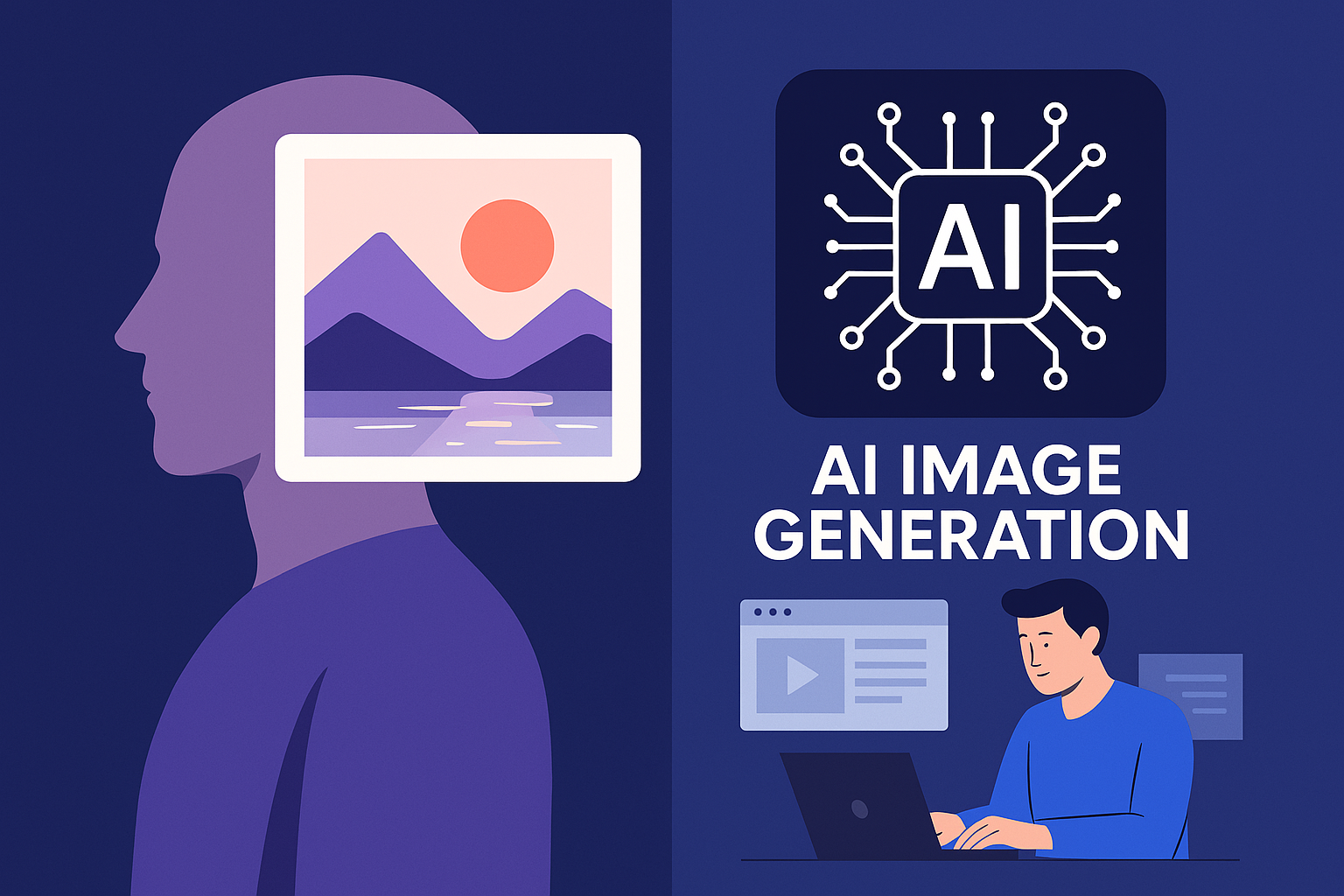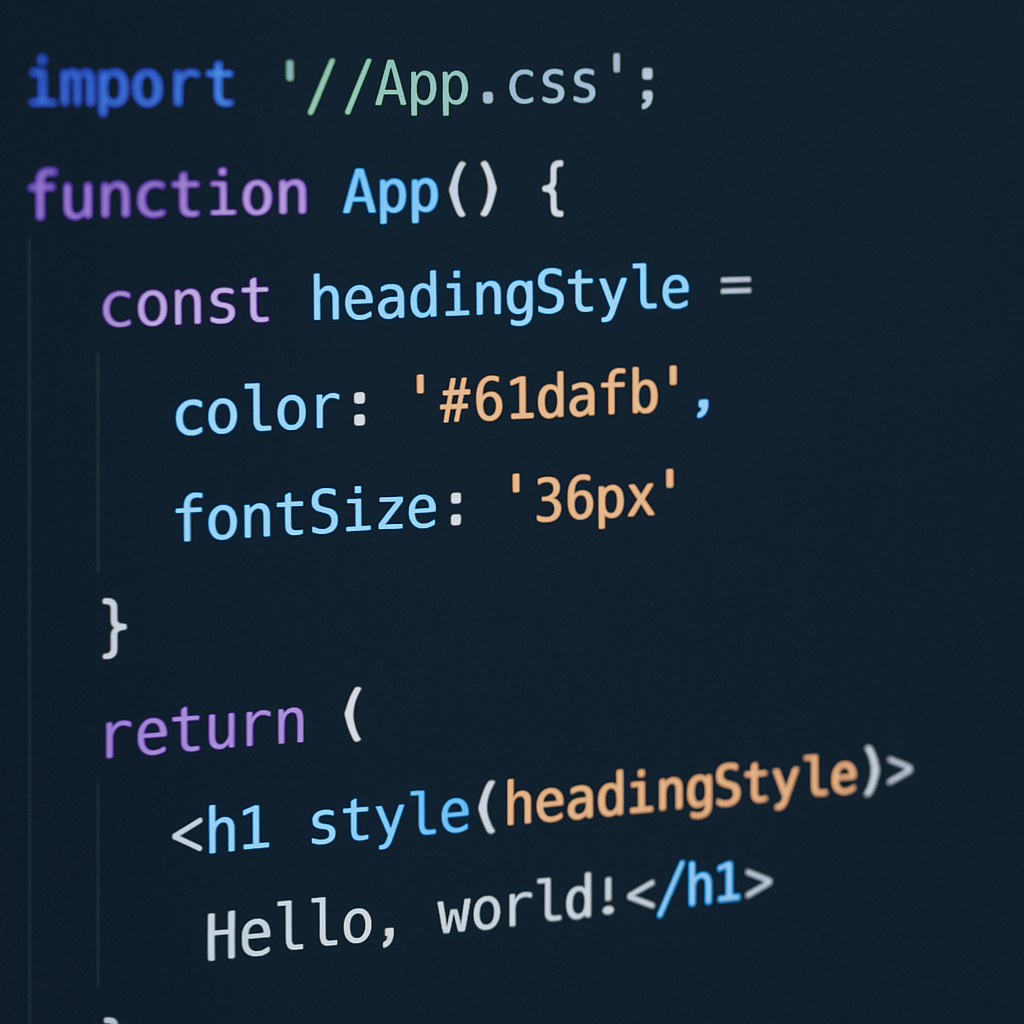The Rise of AI Image Generation: How New Models Are Empowering Creators and Developers
 Stephen Adebanjo
Stephen Adebanjo
The world of image generation has changed dramatically. What once required artistic talent, expensive software, or hours of design work can now be done in seconds — thanks to AI. With the latest advancements in AI image generation models, we're entering a new era where creativity and code blend like never before.
In this post, we’ll explore:
How these new AI image models work
Why they’re a game-changer for creators and developers
Real-world use cases
How you can start using them today
A Quick Look at How AI Image Models Work
At the core of these models is a type of deep learning technique called diffusion.
In simple terms:
The model starts with pure noise
It gradually removes noise step-by-step
Guided by a text prompt, it “imagines” what the final image should look like
Popular models like Stable Diffusion, DALL·E, and Midjourney work on this principle. But newer models are getting faster, smarter, and much more controllable.
These models are trained on billions of image-text pairs scraped from the internet. Over time, they learn the patterns, colors, compositions, and context to generate stunning visuals from just words.
Why This Matters for Creators and Developers
AI image generation is no longer a gimmick — it’s a superpower.
🎨 For Creators:
You can go from idea to concept art in seconds
Create visuals for blogs, social media, marketing, and portfolios
Reduce dependency on stock photos or external designers
💻 For Developers:
Generate app illustrations, UI mockups, or loading screens
Use APIs to integrate image generation into your own apps
Power creative tools with text-to-image features
Imagine building an app that turns a user’s text prompt into a T-shirt design, or a platform that generates product mockups for startups — the possibilities are endless.
Here’s an example of an AI-generated image:

Real Use Cases
Marketing & Branding: Personalized content generation at scale
E-commerce: Instantly generated product mockups
Game Development: Fast concept art and environment designs
Education: Visual explanations for complex topics
Social Media: Eye-catching posts, memes, or carousel slides
Even better, models can now generate consistent characters, editable styles, and inpainting (editing part of an image with AI).
Popular Models You Can Try
Here are a few you can start using:
Most tools let you start for free. Some even have APIs for developers to build with.
How to Get Started
Try one of the tools above
Start experimenting with prompts – the more descriptive, the better
Use styles, lighting, and camera angles to improve your results
Save your best outputs and start using them in your projects
Pro tip: You can even fine-tune models on your own data to create custom styles or characters.
💬 Final Thoughts
We’re in the middle of a creative revolution.
You don’t need to be an artist. You don’t need Photoshop. You just need an idea — and the right prompt.
Whether you're a developer building tools or a creator looking to bring ideas to life, AI image generation is your canvas.
The next big product, viral tweet, or stunning website might just start with a prompt.
Have you tried AI image generation yet?
Drop a comment or DM me your favorite tool — let's explore this visual future together!💜
Subscribe to my newsletter
Read articles from Stephen Adebanjo directly inside your inbox. Subscribe to the newsletter, and don't miss out.
Written by
